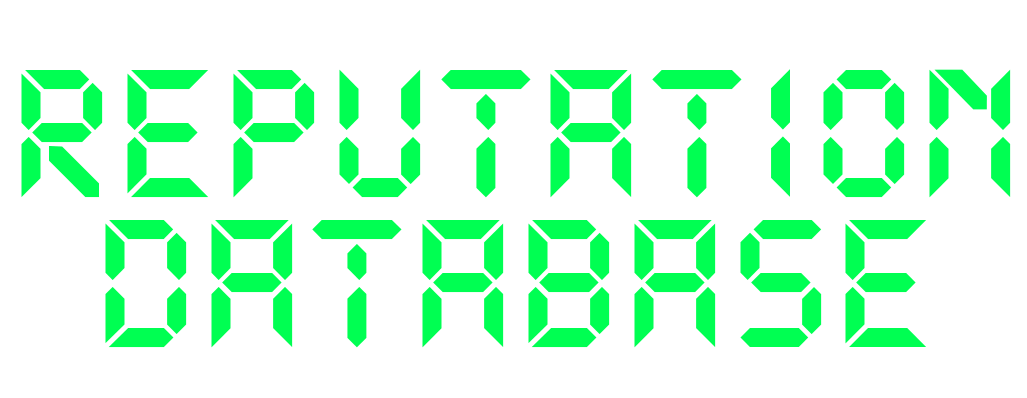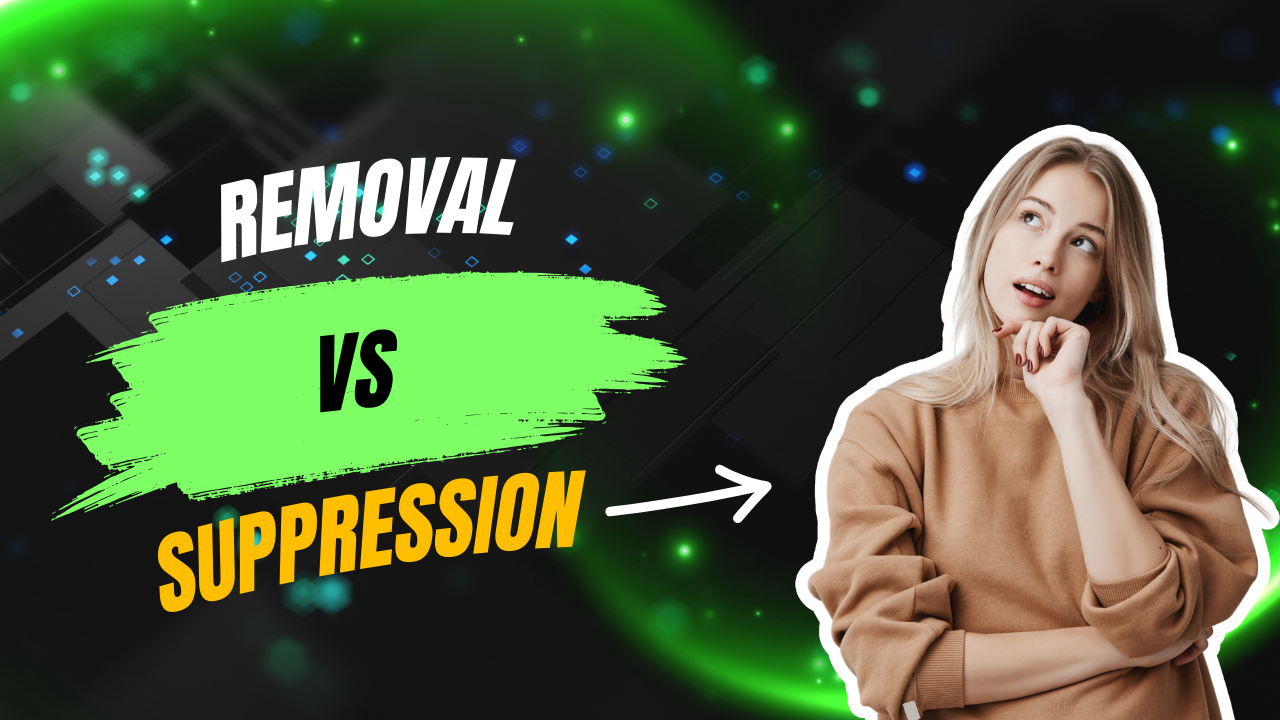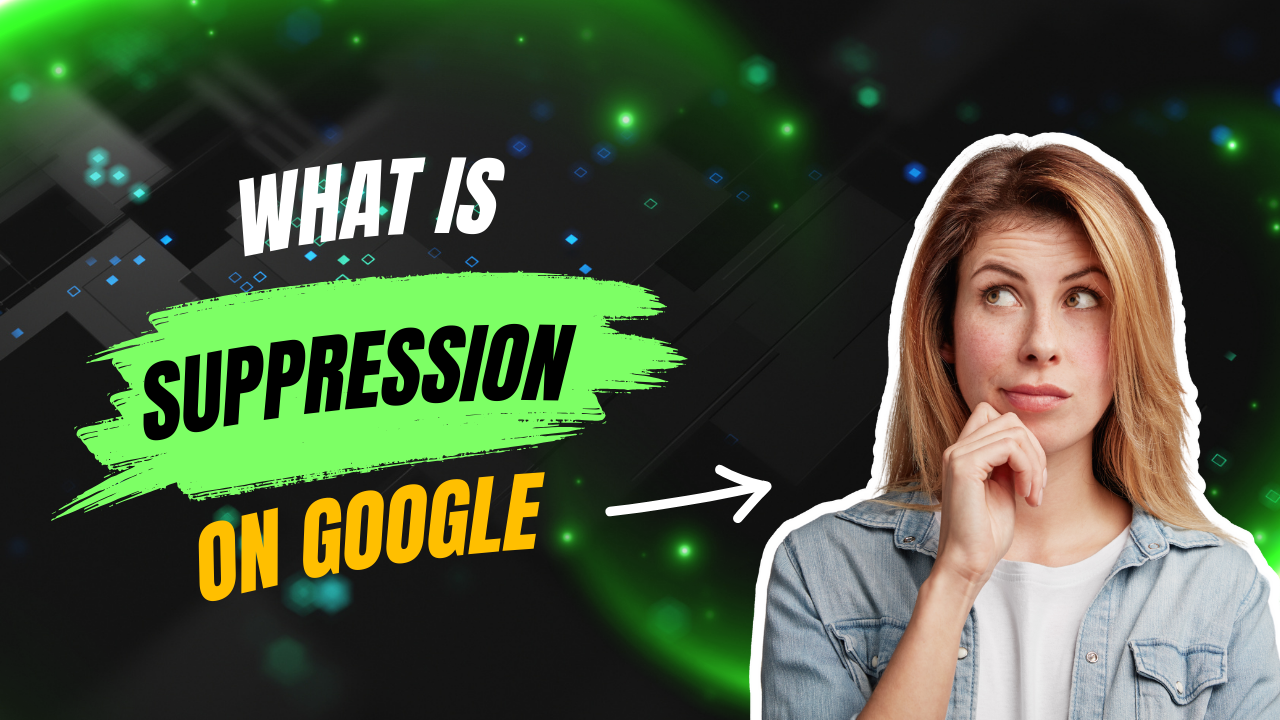If something negative shows up in Google search results, you’ve got two main options: removal or suppression.
Both can work—but which one is right depends on the content, the platform, and how urgent the problem is. Here’s how to decide.
More DB Insights: How to Remove Google Search Results
1. What’s the Difference?
Removal means the content is taken offline or deindexed by Google. It’s no longer visible in search or accessible to the public.
Suppression means the content still exists, but you push it down in search results by outranking it with stronger, more relevant content.
2. When Removal Is the Better Option
Removal is the best choice when:
The Content Violates a Policy
If it includes revenge porn, personal data, copyright infringement, or court-sealed info, it may qualify for removal through Google’s official forms.
It’s False or Defamatory
If the content is clearly false and harmful, legal removal may be an option. You can request a takedown or file a court order if needed.
The Risk Is High
For reputational crises, leaked private info, or serious personal threats, speed matters. Removal eliminates the problem at the source—no waiting for new content to outrank it.
The Page Is No Longer Live
If the content was taken down but still appears in search, Google’s Outdated Content Tool can remove the cached version quickly.
3. When Suppression Might Be Smarter
Suppression is often the better route when:
The Content Is True
If the content is accurate (but unflattering), it’s unlikely to qualify for removal. Suppression helps shift focus to more positive, current content.
The Website Won’t Cooperate
If the site refuses to delete the post and Google won’t take action, suppression may be the only realistic option.
You Want Long-Term Control
Suppression builds a stronger, broader presence online. Even if something new appears, your existing content can keep it off page one.
4. What If You Can’t Remove or Suppress It?
Sometimes, a bad result won’t come down and won’t budge in rankings. In these cases, your best move is to:
- Track it with alerts and SEO tools
- Focus on publishing high-authority content
- Consider legal support if the content crosses a line
- Get professional help if needed
In some cases, a hybrid strategy works best—try for removal where possible, suppress what you can’t remove, and monitor your results over time.
5. Final Takeaway
Removal is ideal—but not always available. If content is harmful, illegal, or violates a policy, removing it directly is the fastest and cleanest option.
If removal fails or doesn’t apply, suppression gives you another way to control what people see. The right strategy depends on the content, the platform, and how much damage it’s doing.
Need help deciding whether to remove or suppress what’s showing up about you online? At ReputationDB, we’ll review your situation and recommend the best strategy—no guesswork, no pressure. Get a free assessment today and take the first step toward a cleaner search result.



